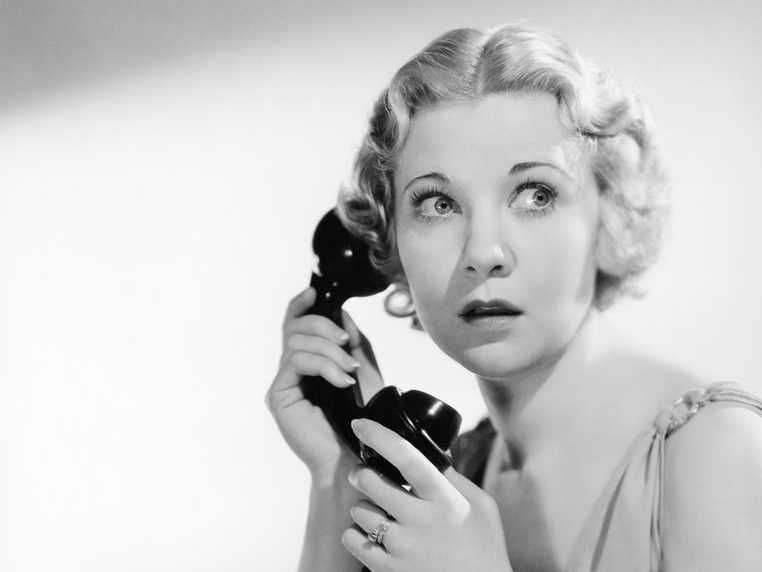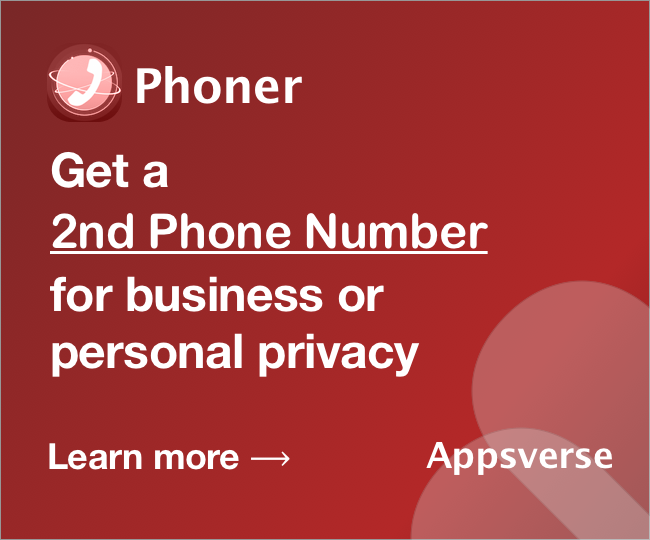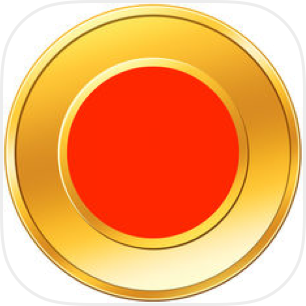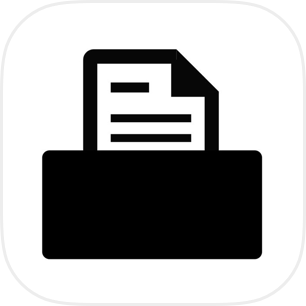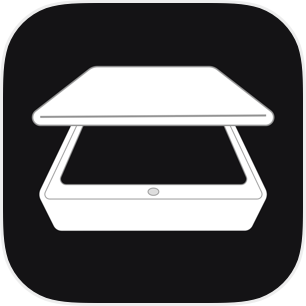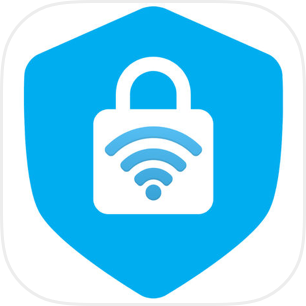The giant strides that technology has taken in the last hundred years is nothing short of a marvel. Advances in communication technology has literally shrunk the world. The ubiquitous phone is the lifeline of almost every single person on the planet; it often provides a sense of security in the feeling that a friend, family member or an acquaintance is simply a “call” away.
Today, we can connect any “contact” on our mobile phones with the click of a button. However, a trip down nostalgia lane will tell us an interesting story about how different phones came to get their “identities” with phone numbers. And how these phone numbers have evolved through time. Let’s dig into the short history of the telephone.
The Legacy of Alexander Graham Bell
(The Telephone is Invented— 1876)
It all started with Alexander Graham Bell. During the early 1870s, Bell began by working on and developing better ways to communicate through the acoustic telegraph. By the latter half of the decade, he had managed to advance fairly and was able to transmit sound through a needle vibrating in water, which became the first prototype of the early telephone.
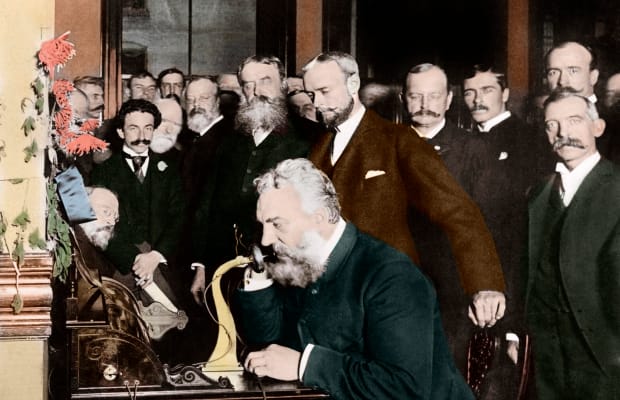
The first sentence ever spoken over the first telephone call ever made, which was then a water-based device, was Bell's words to his assistant, Thomas Watson— "Mr. Watson, come here, I want to see you." Later on 7th March 1876, Bell was awarded a patent for creating the first phone in the world, an achievement that changed the face of the earth, figuratively.
- What Were Phone Numbers Like Then?
It’s a common, while entirely untrue, myth that Alexander Graham Bell's phone number was 1. The truth is that when the telephone was invented, they didn’t have any phone numbers.
- The Beginning of Phone Technologies
In 1876, Bell patented the first electric telephone in the U.S. The Bell liquid telephone transmitter was a device that was wired to a battery and an earphone device. The device was the first of its kind to transmit intelligible speech.
- Fun Fact
Bell was encouraged to study speech and communication because his mother was completely deaf.
'Operator, well could you help me place this call?'
(The Era of Phone Operators— 1876-1879)
The title of this section is taken from Croce's song which was mostly the lament of a broken heart. However, operators came much before that in history. If you had to make a phone call in the 1870s, that is, after the first telephone line was installed between Charles William's electrical shop on Court Street in Boston and his home around three miles away, you had to first speak to an operator. The operator would then manually patch your call to your chosen recipient. The process was noisy and unruly and the operators, to put it mildly, used to be rather rude, except, perhaps, Emma Nutt.
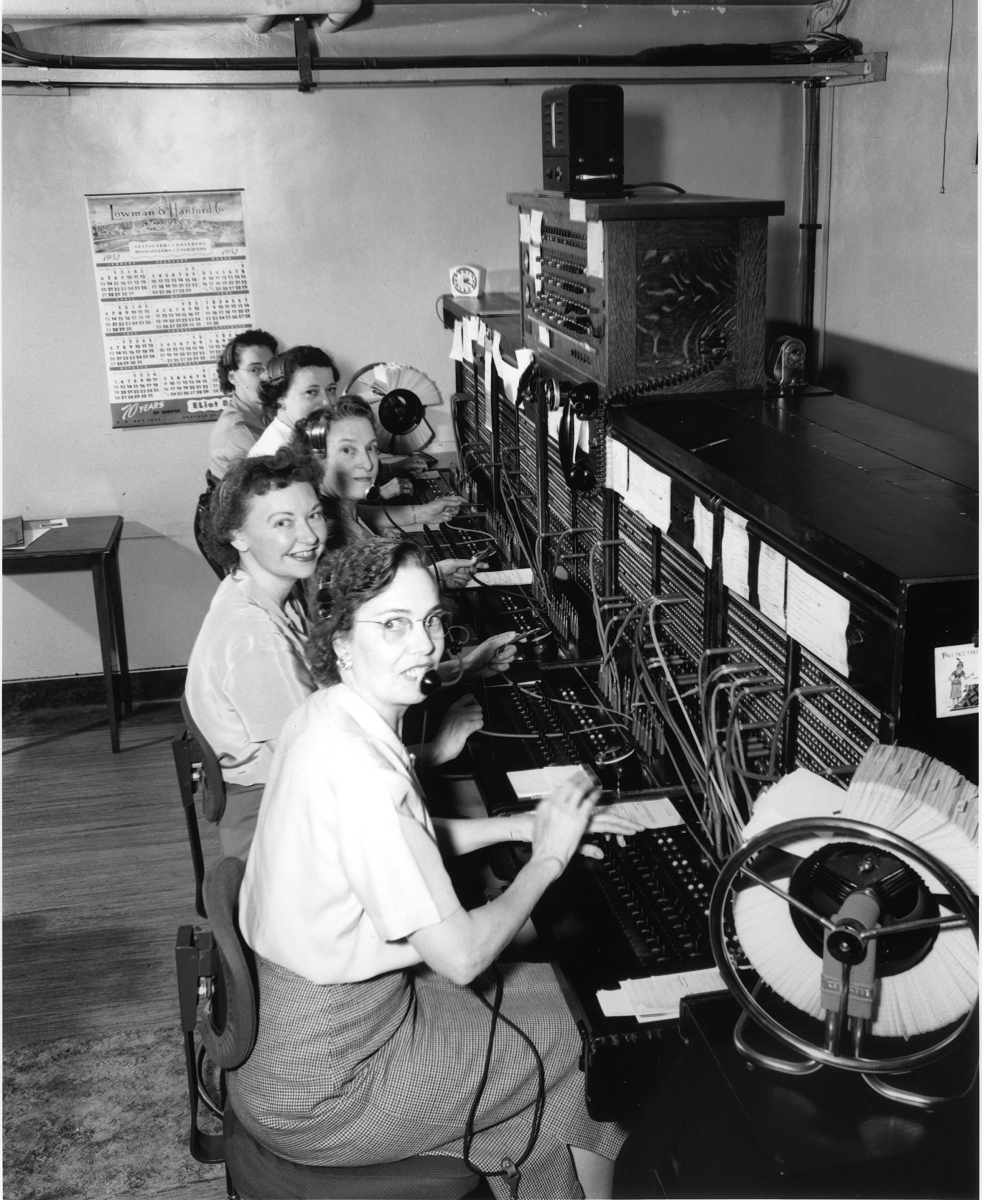
The system was eventually abandoned after it was first questioned by Bell and his friend Dr. Moses Greeley Parker in 1879 when the doctor's town, Lowell, was hit by a measles epidemic. They feared that if the operators themselves fell sick, replacements would be very hard to find. This realization paved the way for the 'phone number,' an important development in the telephone history timeline.
- What Were Phone Numbers Like Then?
The outbreak of the measles epidemic in Lowell during late 1879 inspired the creation of phone numbers. Until then, phones were operated on lines without any phone numbers. They operated very differently from the phones that we have today, that is, on a list of number of rings for a particular individual.
Phone lines were group lines, implying that everybody in that group could hear the conversation at once. People counted the rings of an incoming call. If it wasn't the number of rings assigned to them, they didn't answer.
With the growth of the use of telephone more and more separate lines were created with a smaller and smaller number of users. A few of these networks began to work on code to add to a line's total customers.
- What Came Next for Phone Technologies?
This period was marked by Bell's Box Telephone or the first commercial telephone, which debuted in January 1877. This telephone was made up of a single transmitter placed inside a wooden box. One could speak through the opening in the box and listen from the same opening. Two or more of such boxes were connected in a series on a single line.
- Fun Fact
Before women took over the phone operating world, phone operators, mostly young boys were known for their pranks and jokes. One included imitating Graham Bell by saying 'Ahoy!' on the phone, a greeting he himself used.
Direct-Dialing
(The Introduction of the First Phone Numbers— 1979)
Direct-dialing, in which one user could call another user directly, without the assistance of an operator, became the norm in the 1920s. However, it took some more decades for area codes to be firmly established. They were first thought of in the late forties, and in 1951, New Jersey's area code 201 was introduced. This was a time when the rotary dial phones were still in vogue. The areas with big populations, for instance, New York, were accorded codes which were easy to dial. On the other hand, rural areas received codes that were more complex to dial.
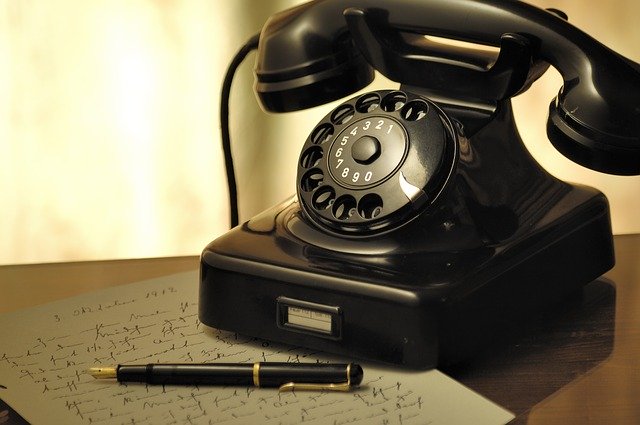
At that time, there were eleven destinations at which one could dial the three-digit area code followed by a seven-digit number. Interestingly, the seven-digit number was composed of the first two letters of the central office name and five digits. These eleven destinations included names such as Boston, Chicago, Detroit, San Francisco, etc. Other cities, which did not have the required toll switching equipment, used a varying mixture of local number lengths.
- What Were Phone Numbers Like Then?
The outbreak of measles in Lowell made apparent the need for phone numbers. In the earliest phone numbers, each digit on the phone from 2 to 9 possessed three letters, with the exception of Q and Z. The first two digits in the number denoted the area. The rest of the digits denoted the individual towards whom the call was directed. If a call was being made within one particular area, it wasn't necessary to dial the first two digits.
- What Came Next for Phone Technologies?
In between the invention of the first commercial phone and the inception of direct dialing, a lot of progress in the sphere of phone technologies was made. For instance, in 1880, the Gower-Bell telephone was created which used speaking tubes. In fact, the telephones witnessed changes after changes and various names were assigned to them like the Western Electric Long Distance Phone. By 1888, the earliest resemblances of the modern telephones were created, for example, Ericsson AC100, Ericsson Skeletal Phone, and Eiffel Tower Phone. In 1891, the dial phone was patented by Almon Brown Stroger. Later, the first-ever payphone was created in 1900.
- Fun Fact
The first person to make a call without an operator in the city of Englewood, which is the first U.S. city where residents had direct-dial coast to coast service, was Mayor Leslie Denning. She had called the mayor of Alameda, California.
'Hello, 911? Emergency!'
(The Emergency Number is Introduced— 1937)
During the time when phone operators still had their jobs, emergency phones were answered by them and they, in their turns, called up, say, the police or the fire station. After the emergence of direct-dialing, concerns about emergency calls began to grow.
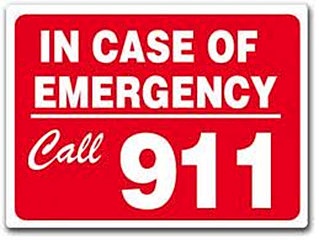
The first emergency number in the world was created in London in 1937. The number used was 999 and soon the number served as an emergency connect all over England. It was next adopted in Canada. For technical reasons (for the digit 9 has a longer sequence of pulses) 999 was abandoned and a new number was sought. In 1946, Southern California Telephone Co. started using 116 as an emergency number for Los Angeles. And finally, the 911 emergency phone number was used in Haleyville, Alabama in 1968. However, it was not until the 1980s that the number 911 was adopted widely across the U.S. through the North American Numbering Plan.
- What Were Phone Numbers Like Then?
During the 1930s, New York became the first city to use two letters, afterward five letters in its phone numbers. During this period, when the rotary phones were still in vogue (until 1963), 11 digit dialing, that is, dialing 1 before a long-distance call, became prevalent.The 1960s is also a decade famous for the use of 555 (KLondike-5) as fictional numbers for U.S. television shows, movies, literature and theatre during this time. The prefix was used only by the phone companies for directory assistance. If anyone from the real world dialed 555, he would receive an error text, thereby keeping nuisance calls at bay. Another number used was Quincy (5–5555) because of the unavailability of the letter 'Q'.
- Fun Fact
During the 1960s, blue boxes were developed. These boxes were electronic devices that were used and often misused to control telephone switches. They were used mostly by the pranksters and most famously by Steve Jobs and Steve Wozniak, the two founders of Apple. One famous account is that of Wozniak calling Vatican City and introducing himself as Henry Kissinger, imitating Kissinger's German accent, wishing to speak to the Pope, who at that time, was sleeping.
History Redefined: The Birth of Mobile Phones
(The First Mobile Phone is Introduced— 1973)
The first-ever mobile phone came into being on April 3, 1973. A decade later, in 1983, Motorola released its first commercial mobile phone, Motorola DynaTAC 8000X. Even at that time, these handsets were very expensive and were really not designed with consumers in mind. The 1990s saw the entry of players like Nokia and NEC who soon took center-stage. Ever since then, mobile phones have been continually improving to the point that now pictures, even videos can be sent with a single click— technology as we know it today.
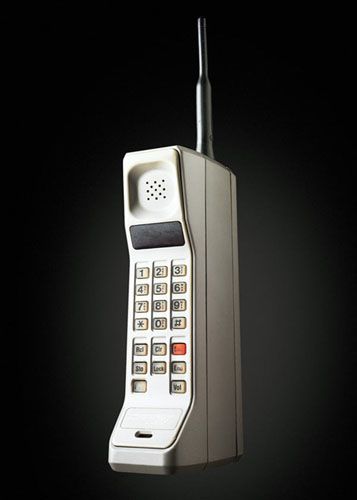
- What Are the Phone Numbers Like Today?
With the advent of mobile technology, the practice of telephone numbers also changed. While telephones have never actually been abandoned, mobile telephone numbering differs today in different parts of the world with the number of mobile users nearing the total population.
Take the example of India where mobile numbers start with 9, 8, 7 or 6 and are based on the GSM, WCDMA, and LTE technologies. All the mobile phone numbers are 10 digits long in the country. They are split into two parts according to the National Numbering Plan of 2003: XXXX-NNNNNN, where, XXXX identifies the network operator and the telecom circle and NNNNNN identifies the subscriber.
- Mobile Technologies
We have evolved from the world of 1G and SMS into the world of 4G networking, with the 5G spectrum lingering not far ahead. While this is the technology of network, even in terms of devices, we are entering a new era which ten years ago could only have been imagined. One such device is Omnitouch, through which apps can be opened and used on any surface and of which the only control is the user's fingers.
- Fun Fact
When the first mobile phone came into existence in 1973, quiet with swagger, a senior engineer at Motorola named Martin Cooper called a rival telecommunication company to inform them that he was speaking through a mobile phone.
How Phone Numbers have Become Part of Popular Culture
Taking a break from the mind-boggling history of phone numbers and before moving on to its present and future, let us now look at some phone numbers which proved to be so interesting that they made a special place for themselves down the history lane.
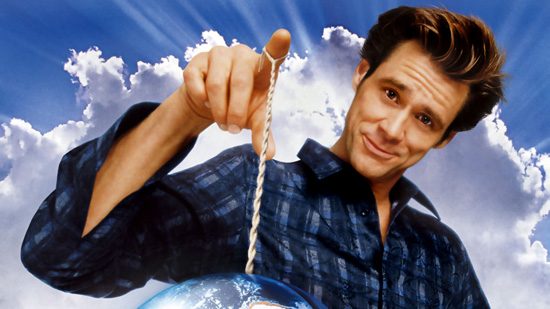
- Jim Carrey Calling God
The 2003 film, 'Bruce Almighty' told the story of Bruce (Jim Carrey) who called God (Morgan Freeman). The latter had, in fact, left his number to him which happened to be 776–2323: God's helpline number. The reason Universal Studios cited for choosing this number instead of the customary 555 was that it didn't exist in Buffalo, the place where the film was set. But yes, it did exist outside of Buffalo, and the phone subscribers had to face a lot many calls asking for God. While for subscribers it became fun, others felt the calls were pestering.
- Not Gold, Not Diamond, But a Phone Number
How expensive can a phone number be? Think, and think hard. While you are thinking, let me present a figure before you: $2.7 million. Yes, that was actually the price of the world's most expensive phone number which was 666-6666. The number was sold for charity purposes in Qatar. It broke the records of the other expensive numbers, like 888-8888, which was sold for $280,000 in China.
- He Pranked the Pope and Had a Thing for Repeating Digits
That would be Steve Wozniak, Apple's co-founder. Other than building up blue boxes, the legendary engineer is said to have owned the number 888-8888 once. He was really into repeating digits, something evident from the fact that he priced the Apple I at $666.66. The negative side of possessing such a phone number was that Wozniak got many prank calls during the day, some of them mistakenly dialed.
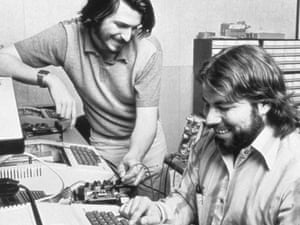
- Universal Studio and the Conundrum of Phone Numbers
Seems like 'Bruce Almighty' was not the only film in which Universal Studio used a number other than 555. The studio owns the number (212) 664-7665 and has used it in many movies including 'The Adjustment Bureau,' 'Definitely Maybe' and 'Scott Pilgrim vs. the World.' So what happens when you dial the number? Nothing. It just keeps on ringing. In another movie, 'Fight Club,' 288 was used as area code, a number still not in use.
- Alicia Keys Excites Her Fans
Alicia Keys revealed that 489-4608 was the number she used in her song 'Diary' after which a number of fans tried calling her.
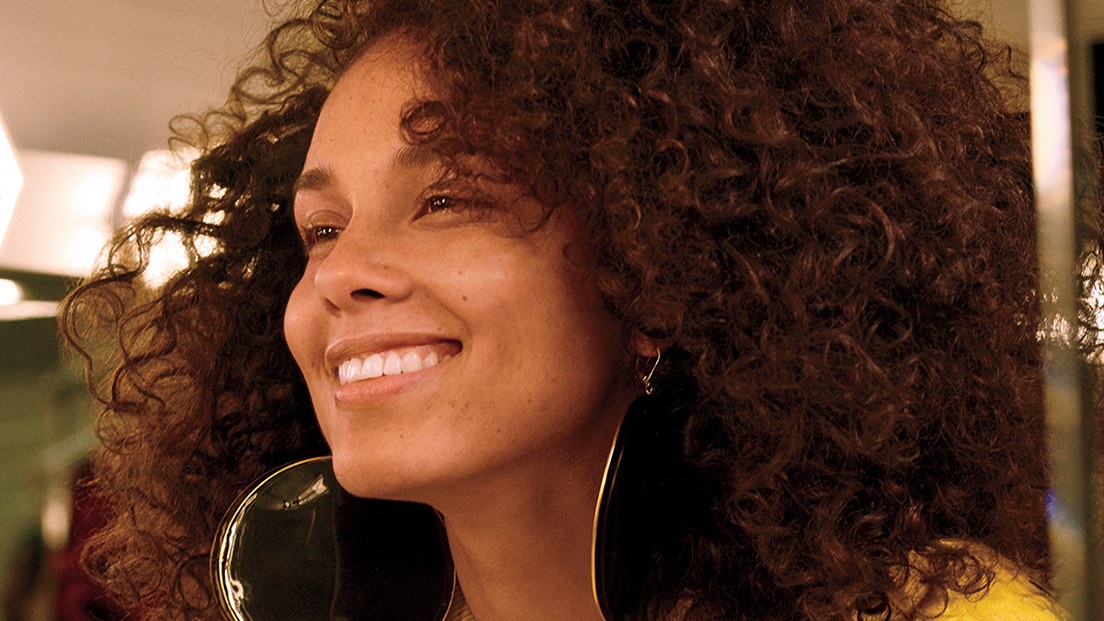
Phone Numbers Today - End of Evolution, or a just a stage in it?
The usage of phone numbers is so widely spread throughout the world now that it is really hard to imagine the present without them. Today, a person may possess more than one number and even machines like a modem make use of phone numbers. To understand how omnipresent phone numbers are, consider the following statistics.
A country as big as China which has a population of 1,382,710,000, has 1,320,810,000 phone numbers in use which means that almost entirely all the people living there have access to a phone number. Now, let us look at a smaller country, Guatemala, which has a population of 14,713,763. The number of phone numbers in the country exceeds the population itself as they come to about 17,571,895.
If we do not consider people having multiple numbers and assume that each individual has a number, looking at the world as a whole, the total population, that is 7,324,782,000 has a phone number each. That is, there are more than 7,000,000,000 phone numbers in the world. These figures tell us something very important- the phone numbers have become an inseparable part of our lives.
In today's world, phone numbers have become more than just a way to contact another person. A lot many companies and services ask for phone numbers in order to authenticate users. It has become a norm these days that phone numbers serve as both, a person's identity and a means to verify that identity as well. To put it in a few words, phone numbers can no longer be extracted from our own selves. They are everywhere: important government documents are linked to a person's phone number and so are his/her bank accounts. In our era, it is a surprising irony that phone numbers have become both the key and the lock.
The Future of Phone Numbers. What next?
To begin with, phone numbers are certainly not a thing of the past, neither are we going to get rid of them anytime soon. There are many reasons for this.
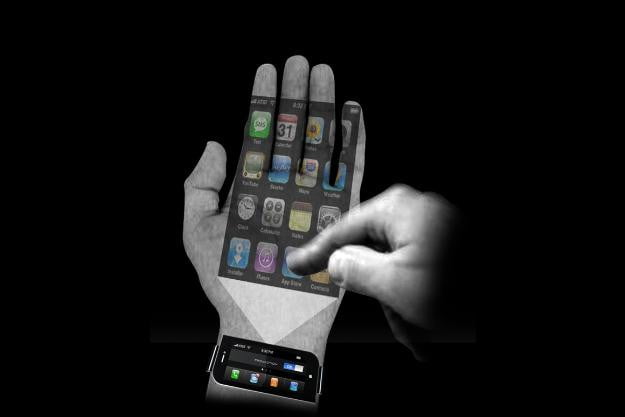
Phone numbers are unique and standardized throughout the world. Another plus point for phone numbers is the fact that they are portable. In many countries, one can change the service provider without having to change the number itself. As we have already seen that phone numbers are being used as closely associated with a person's identity, a lot many figures of popular culture have built their brand identities through them. Other than these, the quality of the network offered by a phone number itself sets it apart from other communication services and ensures that it stands as firmly in the future too.
The Dark Side of the Moon
Having reached the conclusion that phone numbers would continue to hold good in the future as well, we must now take a look at its darker side.
We must take notice of the fact that phone numbers have increasingly started to serve as our own identities. This, keeping in mind that ours is an era of data breaches, is not good news at all. Identity management professionals have always spoken against over-reliance upon phone numbers. SIM-swapping attacks, in vogue with the hackers these days, are a result of not paying heed to such warnings. If the attacker gets access to one's phone number, he can violate everything, from privacy to one's bitcoin purse with a simple reverse search that he can conduct quite easily with a free tool available online.
As recently as this year, a major data breach was discovered in which as many as 220 million Facebook users' phone numbers were found in a file online for anyone to discover since the server was not protected with a password. This is not the first incident of a data breach, nor would it be the last. The fact that phone numbers have become our identity and are used everywhere makes them more vulnerable to attack by hackers and such an attack could jeopardize the user and put everything, including his identity at stake.
Parting Words
Phone numbers have come a long way since the invention of the original telephone and while they are so widely used and would be used further in the future too, their growing use as identity poses a serious risk to privacy which cannot be ignored. However, to ditch them completely would be too hard a stance, nor would it be feasible, given their importance in our day to day life.
The key to the future use of phone numbers lies with apps like Phoner which provide a second phone number. Possessing a second phone number is, in fact, the solution to the phone number conundrum. A person can use these alternative numbers with the websites and services they do not trust their identity with. Needless to say, Phoner is establishing a pathway for the future of phone numbers and how they could continue to survive.
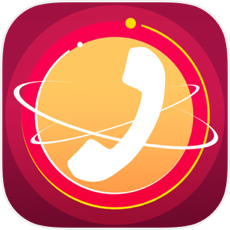
 4.5/5 on App Store
4.5/5 on App Store
